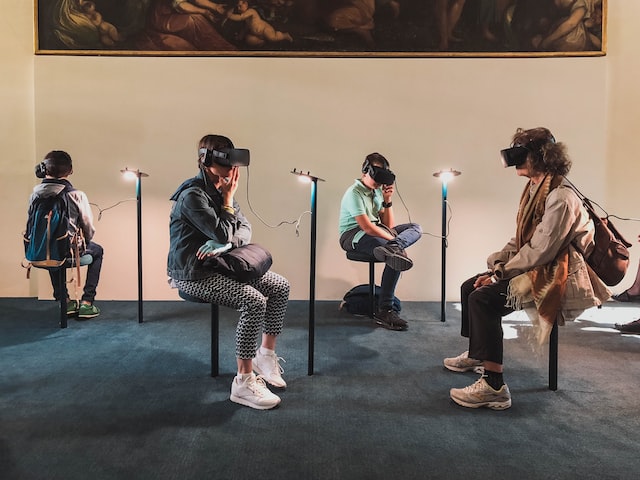
GUEST POST from Art Inteligencia
The role of possible, potential and preferred futures is an often-discussed topic within the field of futures studies. Futures studies, also known as “foresight”, is an interdisciplinary field of study focused on understanding and anticipating the future. Within the field, there are three distinct concepts of the future – possible, potential and preferred futures – each with their own distinct roles and implications.
Possible futures are those that are considered to be theoretically feasible and within the realm of reality. These futures are often explored through scenario planning, a technique used to identify possible future states and their potential consequences. Possible futures are important to consider as they provide a starting point for deeper exploration and analysis.
Potential futures are those that are considered to be likely to happen, based on current trends and technological developments. Potential futures are important to consider as they provide an indication of what is likely to happen in the future and can be used to inform decisions and strategies.
Preferred futures are those that are desired, often based on values, visions and goals. Preferred futures are important as they act as a guiding light for decision-making and help to ensure that actions are taken in line with desired outcomes.
The role of possible, potential and preferred futures is to provide a comprehensive view of the future, and to enable informed decision-making and strategy development. By exploring the potential implications of each type of future, it is possible to gain a better understanding of the future and make decisions accordingly.
Bottom line: Futurology is not fortune telling. Futurists use a scientific approach to create their deliverables, but a methodology and tools like those in FutureHacking™ can empower anyone to engage in futurology themselves.
Image credit: Pixabay
![]() Sign up here to get Human-Centered Change & Innovation Weekly delivered to your inbox every week.
Sign up here to get Human-Centered Change & Innovation Weekly delivered to your inbox every week.

